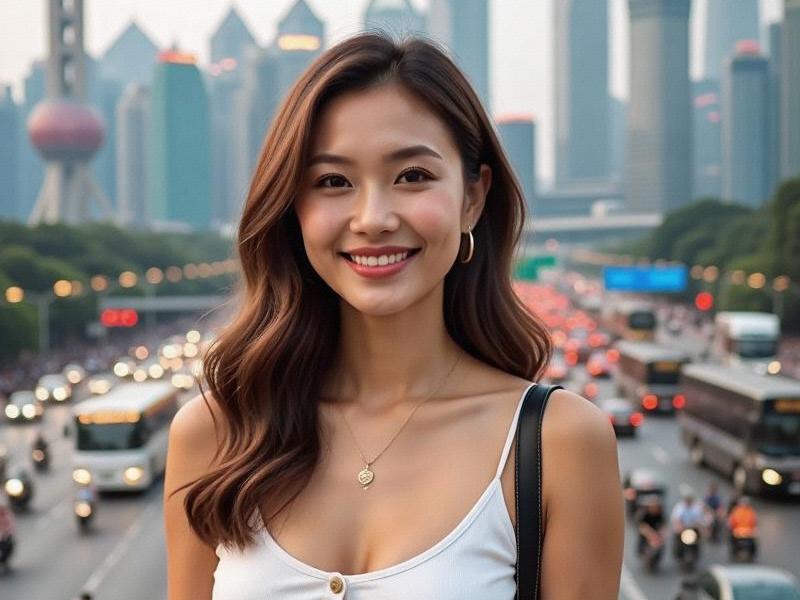The Shanghai Sophisticate: How China's Cosmopolitan Women Are Redefining Beauty Standards
⏱ 2025-06-27 00:19 🔖 上海龙凤419
📢0℃

Section 1: Historical Context
- 1930s "Paris of the East" legacy: Qipao fashion pioneers
- Socialist era transformations: Female factory worker imagery
- Post-reform reinvention: The "White Collar Beauty" phenomenon
- Millennial shift: From appearance focus to capability showcase
Section 2: The Modern Archetypes
1. The Finance District Power Dresser
- Lujiazui's 68% female finance executives
- Tailored silhouettes meeting client expectations
- The "3 Bags Rule" (work, gym, evening clutch)
2. The Creative Industry Disruptor
爱上海同城419 - M50 art district's female-led galleries
- Androgynous styling in advertising agencies
- Tattoo acceptance rising (38% under-35 approval)
3. The Techpreneur
- Zhangjiang's female-founded startups (22% increase)
- Functional chic: Smart fabrics in workwear
- Minimalist beauty routines for efficiency
Section 3: Beauty as Self-Expression
- Skincare over makeup: 73% prioritize "natural glow"
- The decline of double eyelid surgery (-17% YOY)
上海龙凤419会所 - Hair color experimentation: 52 shades registered in salons
- Fitness culture: Yoga studio memberships up 310%
Section 4: Workplace Dynamics
- Leadership gap: 29% C-suite representation
- Maternity leave innovations at multinationals
- The "Glass Elevator" effect in foreign firms
- MeToo impacts on corporate policies
Section 5: Cultural Tensions
- Parental pressure vs. singlehood choices
- "Leftover women" narrative fading
上海贵族宝贝sh1314 - Rural-urban divide in expectations
- Western feminism vs. local adaptations
Global Comparisons
- Shanghai vs. Seoul beauty standards
- Work-life balance approaches vs. Tokyo
- Entrepreneurial spirit vs. Silicon Valley
- Fashion influence vs. Parisian women
Future Projections
- AI beauty tech adoption
- Sustainable fashion leadership
- Elderly care innovation
- Political representation goals
The Shanghai Equilibrium: How China's Most Cosmopolitan Women Balance Tradition and FuturismShanghais Development in Technology InnovationShanghai’s Regional Symphony: Where Metro Core Meets Ancient Waterways in the Yangtze DeltaQuantum Leap: How Shanghai's 30-Minute Metropolitan Circle Is Redefining Urban CivilizationShanghai Reimagined: Where Futurism Meets Heritage in China's Global MetropolisShanghai & Its Satellite Cities: The Engine of China's Most Dynamic Economic Zone从石库门到梧桐树:上海美女的"成长叙事"与城市温度Shanghai, City of DelightThe Algorithmic Playground: How Shanghai's Entertainment Venues Are Redefining Urban Leisure《科创走廊启示录:上海张江与苏州BioBAY的双城实验》

